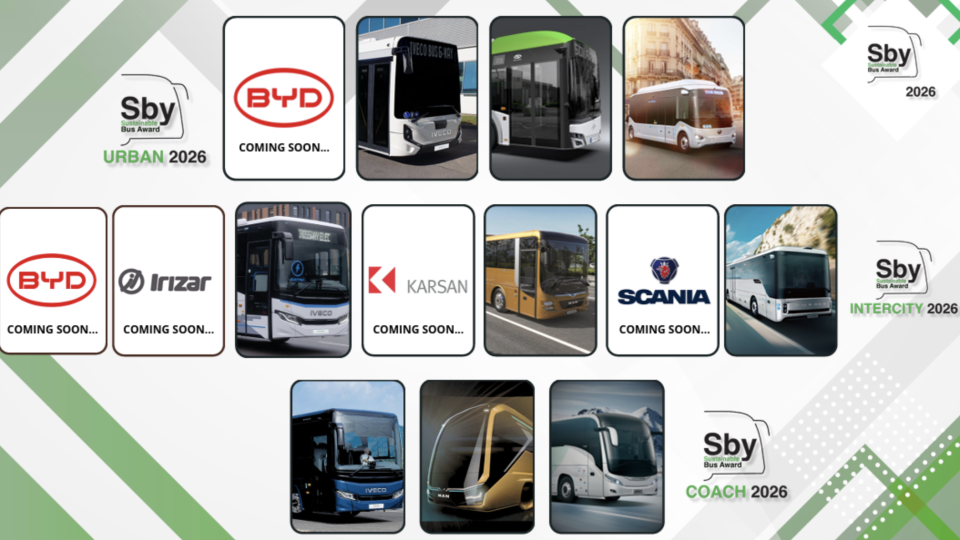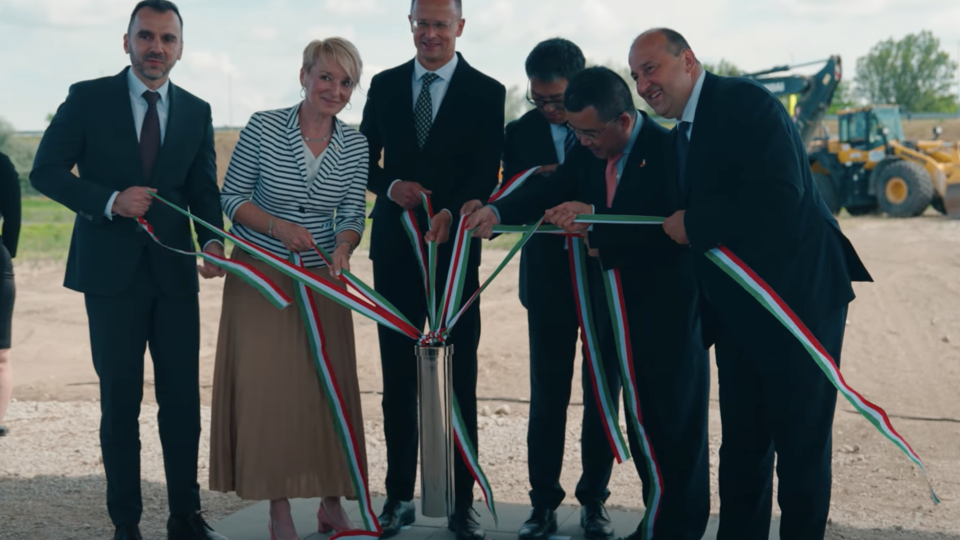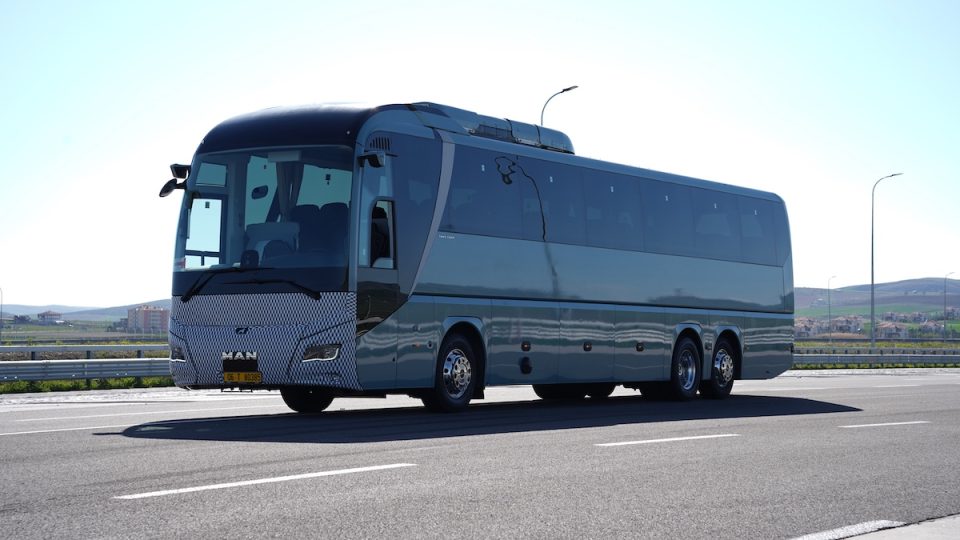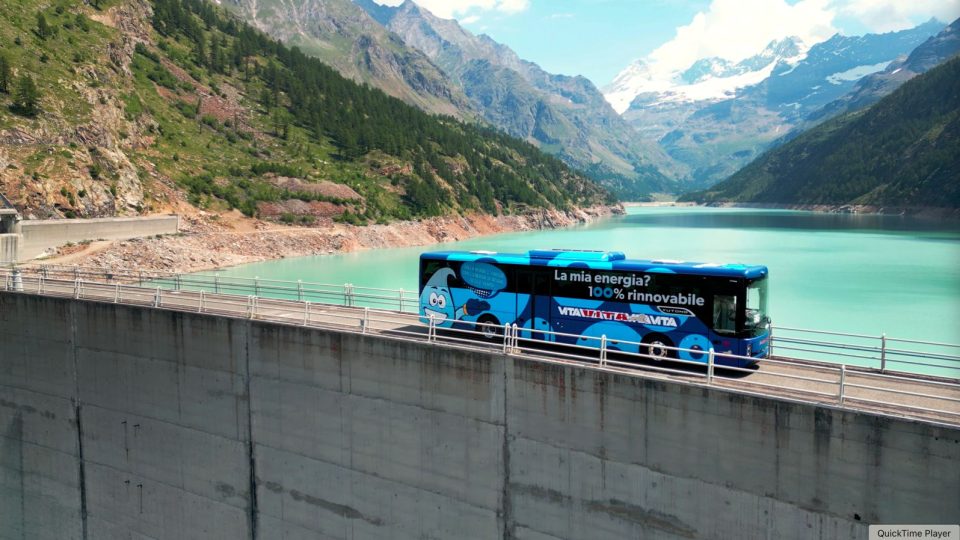Arrival to test its electric bus in the UK with First Bus
British startup Arrival announced that it will begin trials of its zero-emission Bus with First Bus, one of the UK’s largest transport operators. The trials, which will see Arrival buses navigating existing First Bus routes in the UK, will begin this autumn. The new partnership comes just seven months after First Bus announced their commitment […]
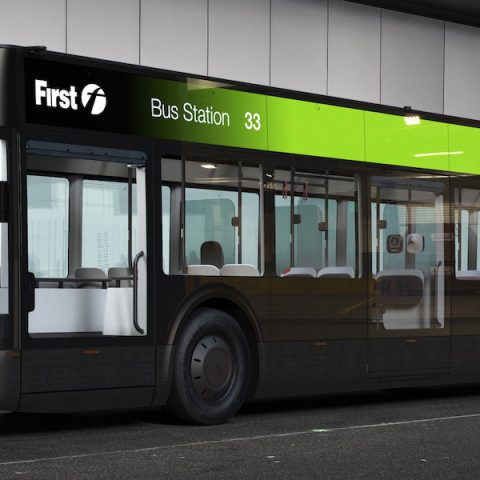
British startup Arrival announced that it will begin trials of its zero-emission Bus with First Bus, one of the UK’s largest transport operators. The trials, which will see Arrival buses navigating existing First Bus routes in the UK, will begin this autumn. The new partnership comes just seven months after First Bus announced their commitment to purchase no diesel buses after 2022 and to operate a fully zero- emission fleet by 2035, Arrival points out.
The single-deck Arrival Bus for First bus features a single front door with a passenger seating capacity of 36 across the entire flat floor. It is equipped with up to 310.8 kWh of energy storage capacity with the option of both an AC and DC charge.
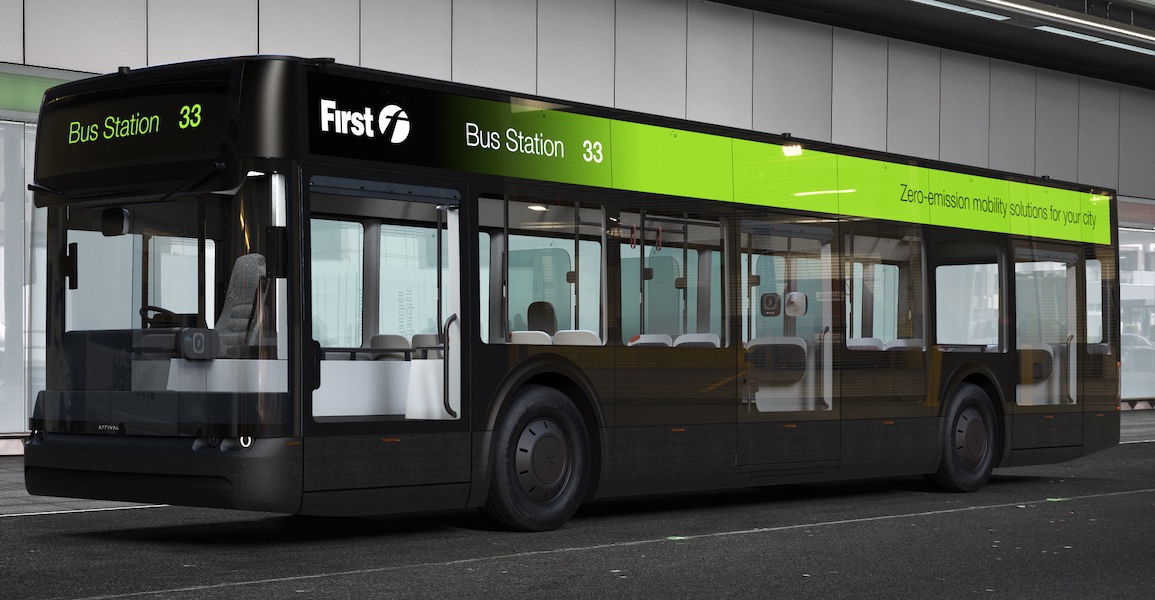
Arrival – First Bus, a trial from autumn 2021
Arrival has plans to go public and has partnered so far with both public and private organizations, including blue-chip companies like Hyundai and UPS, to drive the adoption of electric vehicles. Being more specific, Arrival received a the huge order for 10,000 light electric trucks from delivery company UPS, announced in late January 2020, and has recently received an investment of $118M (£90M) from funds managed by BlackRock.
Arrival electric bus project was unveiled in summer 2020. Lightness, software development and user experience are in the spotlight of such project, as explained by Ben Jardine, Chief of Product, in an interview with Sustainable Bus.
First Bus: hydrogen buses and now the trial with Arrival
First Bus already plays a leading role in the operation of low or zero-emission vehicles, with electric buses in Leeds, Glasgow, the country’s biggest electric Park&Ride fleet in York and a 99 strong fleet of biomethane buses in Bristol. Last month, the company also introduced the world’s first hydrogen powered double decker fleet in Aberdeen.
The initial trial vehicle configurations from Arrival will be «a combination of familiar requirements and new innovative features, which will be activated throughout the trial and made possible by Arrival’s smart connected hardware and end-to-end fleet management solutions», the company says.
The specifications of Arrival e-bus for First Bus
As mentioned above, the single-deck Arrival Bus for First bus features a single front door with a passenger seating capacity of 36 across the entire flat floor. It is equipped with up to 310.8 kWh of energy storage capacity with the option of both an AC and DC charge.
Arrival electric bus, with common tyres
The Arrival Bus «has been developed to not only have common suspension front and rear, but common wheels and tyres – estimating the bus to be up to 40% lighter than other battery-electric buses in the market today», according to Arrival.
Janette Bell, Managing Director of First Bus said: “As leaders in sustainable mobility, we’re excited to announce our partnership with Arrival, helping us bring some of the most innovative zero emission vehicles on the market onto the UK’s streets for our customers and partners. We’re proud to be the first operator in the UK to trial Arrival’s electric buses and look forward to working together to accelerate the transition to zero emissions in our sector. Their ground-breaking technology is also expected to allow for improved customer service, and we’re looking forward to seeing how customers react to the new buses when they’re trialled later this year.”
The first Arrival electric bus on the road
“Today is an important day in the transition to a more sustainable, user focused transportation ecosystem and we are thrilled to be partnering with First Bus on this trial and for people to experience the Arrival Bus on public roads,” said Avinash Rugoobur, President of Arrival. “Cities around the world are pledging their commitment to a zero- emission transportation future and Arrival is providing them with the ideal product to help them achieve that in the Arrival Bus. We are working in partnership with operators and cities globally to support improvements to public transportation networks whilst creating vehicles that can be tailored to local needs.”




